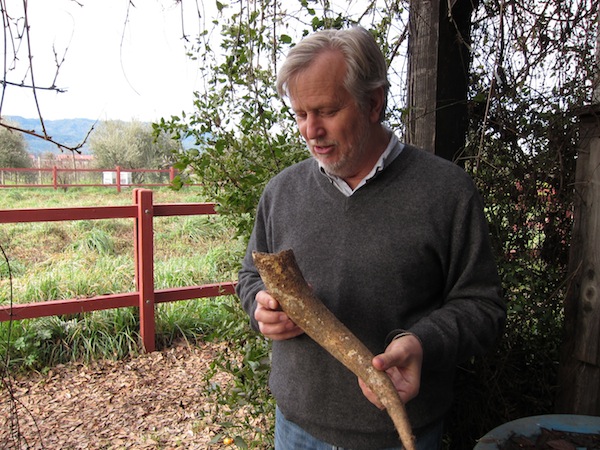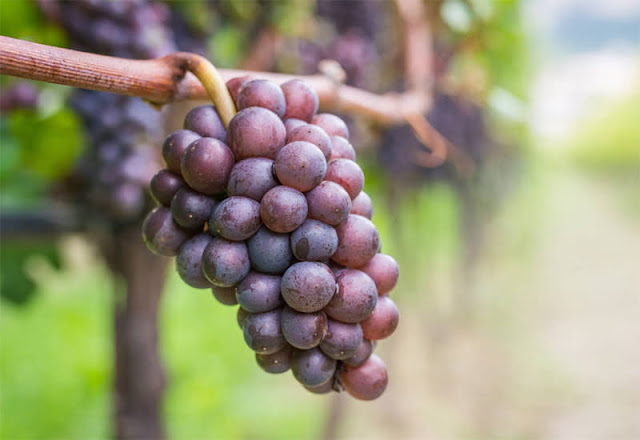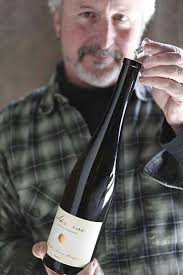The Green Wars (The Clashing of Sustainable, Organic and Biodynamic Proponents)

Green wines have become more plentiful and better than ever, which is good news for all of us, and the environment. One of the unseemly aspects of this inexorable movement, on the other hand, is the public sniping between the various camps representing sustainable, certified organic, and Biodynamic® approaches. What’s even more disappointing are sides taken by individuals in the journalistic community (both print and online). You would think we could all be happy with the progress, no matter what paths growers and winemakers might take. So let’s talk about this, and maybe by the end of the last paragraph we can give ourselves a group hug. First, in regards to convention: One thing you notice, traveling up and down the West Coast at least, is that very few vineyards of significance are farmed with indiscriminate use of chemicals. As recent a progression as this may be, viticulture is rapidly reaching a point where so-called conventional farming is probably more accurately defined





